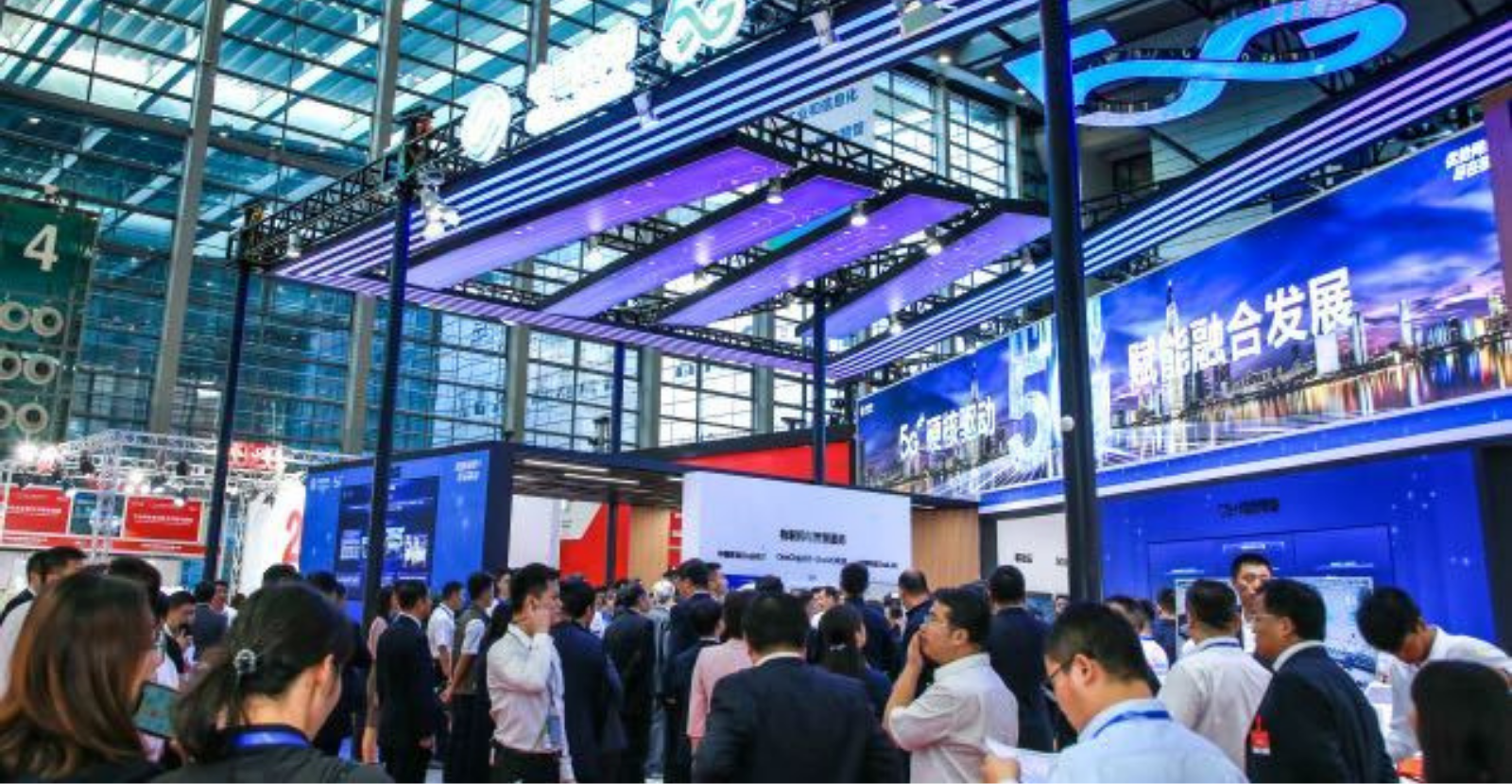Innovative e-commerce, social media, and mobile technologies have created new and exciting opportunities in the retail market. China’s e-commerce market is showing strong growth as digital innovation continues to transform the retail shopping experience. According to eMarketer (2019), retail e-commerce sales increased 27.3% year over year to $1.935 trillion and will represent 63.9% of total retail sales by 2023. In our interviews during the pandemic, Chinese consumers often emphasize that ‘life is simply too hectic” and are now placing a lot of emphasis on convenience and safety. This unique experience, combined with fast delivery at no extra cost, is driving Chinese consumers to adopt this digital shopping revolution. It is also interesting to note that the adoption of this online grocery shopping culture is especially strong in China compared to the rest of the world. In a way, it is reinforcing consumer’s sense of autonomy and time-management. These emotional needs have become much stronger during this COVID-19 epidemic
Similarly, social media apps have also led to an increase in group purchasing and coupon sharing. Pinduoduo (拼多多 – translates as ‘Combine Great Deals’ in English) is an app that allows users to participate in group purchasing deals. Users can gather more people for group purchases by creating a group and sending a link via WeChat or QQ to their family and friends. With a wide range of products and bonus incentives, consumers are motivated to purchase and enjoy the savings together, while having some fun at the same time. This special feature perfectly aligns with the needs of the Chinese culture, as it strongly empathises the joy of sharing and togetherness. Another similar group purchasing app is Meituan (美团 – translated as ‘Good Price Groupon’ in English). It mainly focuses on food delivery at its core, but also offers other services, such as hotel bookings and movie tickets. Meituan is fast becoming a one-stop-shop where consumers can access a range of services, from consumer products and retail services to food delivery and flight/train ticket bookings. The key theme here again is convenience. In today’s busy and hectic lifestyles, everyone is juggling a demanding job, family and social life in China. However, with apps such as Hema and Meituan, Chinese consumers can now safely and conveniently organise their grocery shopping, food and meals, transport, entertainment, and retail purchases all from their mobile devices.
Chinese consumers are also discovering more brands and unique products through social media and online influencers. Web search traffic on the traditional internet search engines is already declining in China as Chinese consumers are moving to social media and e-commerce platforms instead. Social interaction and content have become an important part of a consumer’s purchasing process. One example is Xiaohongshu (小红书 – translated as ‘Little Red Book’ in English), a social media and e-commerce platform that allows consumers to discover and purchase new fashion and beauty products, as well as share reviews and photos. It currently has over 300 million registered users and growing. Xiaohongshu also allows users and influencers to post blogs and short videos, which provides consumers with a sense of personal engagement and can help spread endorsements of brands or products. Chinese consumers, especially millennials, are more open to suggestions from influencers, so are more likely to purchase products endorsed by celebrities and influencers.
YOU MIGHT ALSO LIKE: …and they lived happily ever after!
Live-streaming content is also fast becoming the next biggest thing in the Chinese retail industry. An example is Alibaba’s popular e-commerce live-streaming platforms, such as Taobao Live and Tmall Live, which integrates video, live-streaming, and social media capabilities into its user interface. This provides Chinese consumers with real-time interaction and engagement. They can conduct real-time Q&A with influencers online and receive immediate responses, which gives them a sense of a “real” interaction as well as a feeling that their needs are fulfilled. There are also special promotions that are only available on live streaming, which further enhances the aspects of fun and games. This is very attractive to young millennials. Early this year, Kim Kardashian announced her fragrance brand KKW on Tmall Live. It was viewed by over 13million people and her product was sold out in minutes.
Other opportunities are emerging on top of this strong wave of technological innovation, we have noticed that China’s ageing population is growing faster than any other country. It is estimated that China’s 65-year-old population will reach nearly 487million by 2050. According to Nielsen’s consumption trend index (2018), this age group is no longer as frugal as before and would prefer to enjoy their retirement. It found that 24% of this population would dine out more often, while 33% would spend more time traveling. This growing group of consumers will create new opportunities in health care, foods and wellness, as well as the housing and entertainment industries. This trend is particularly true, especially with the common use of WeChat. The app enables users to read about current affairs, lifestyle and interesting articles on social topics. Users can also share their observations and sentiments openly on Wechat’s “Moments”, which is a very popular platform for this group. Even in their retirement, they can be more involved with others through these virtual connections and a sense of value is reinforced, which encourages them to express and expand their views on life.
China’s online education market is set to grow over the coming years and according to a projection of the times (2019), the number of online education users in China has reached 232 million, and mobile online education users account for more than 20% of mobile Internet users. Families are spending more on their child’s education and there is an increasing focus on lifelong learning to improve one’s career and social progress. As 5G continues to develop, it would create more opportunities for quality online education and enable consumers to enjoy online education resources better and faster. This growth is much stronger after the outbreak of COVID-19 as many organisations and schools were closed to contain the outbreak. Even though the pandemic situation in mainland China is under control at the moment, online education continues to be the reliable back-up plan for individuals and families. As a result, online study is becoming one of the indispensable methods in continuing to learn as well as maintaining a sense of normality during this critical time.










 by
by 


